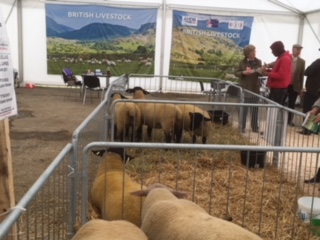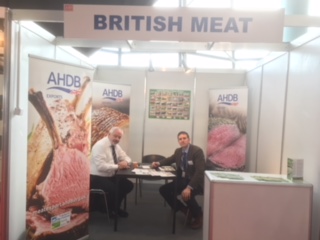Scawfell Genetics Ltd is Expanding
Scawfell Genetics Ltd is an expanding business privately owned by farmers, aiding and promoting the UK genetics industry. Based in Cumbria, the privately owned bull stud has storage and distribution facilities for the U.K. and export semen.
A recent change has seen Scawfell Genetics deciding to stand alone after gaining a number of years experience in both the dairy and beef worlds working alongside other companies.
Already supplying an on farm semen collection service as well as on stud service in Cumbria for domestic and export, the business will now be expanding, sourcing bulls and semen required by dairy and beef farmers to suit all farm systems. We are also offering storage and distribution of both domestic and export qualified cattle semen.
Produced from either our own expanding range of dairy and beef sires or our customers who are looking to market semen from their own bulls. Our aim is simple, to provide the best friendly advice, service and facilities to the industry and having the contacts to be able to source the genetics you require. We have invested in state of the art automated equipment across the genetics business to allow us to keep our prices low whilst providing complete real time visibility to our customers every step of the way, allowing you to view live semen stock totals, sales, invoices etc.
The Scawfell Genetics Ltd directors consist of Pete Sherwen, John Black, Duncan Hazard and James Hazard.
Orders can also be placed through Scawfell Genetics website using credit card payment at www.scawfellgenetics.com.
Scawfell Genetics can also be followed on Facebook and Instagram. Or feel free to contact us with your questions or requirements on 01946 725000.

































































